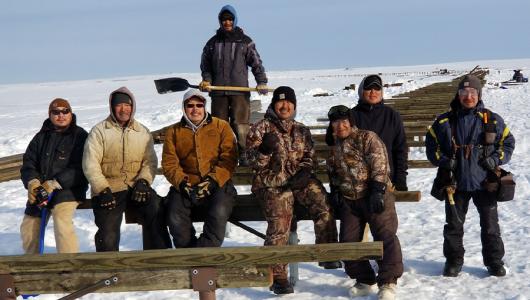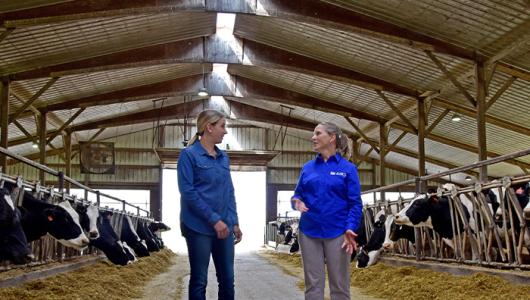As we head into the holiday season, we’re highlighting the #12GiftsOfConservation given to us when we conserve natural resources. Farmers and ranchers are stewards of the land. Each breath of air, sip of water and bite of food you will ever take exists because of natural resources and how we protect them.
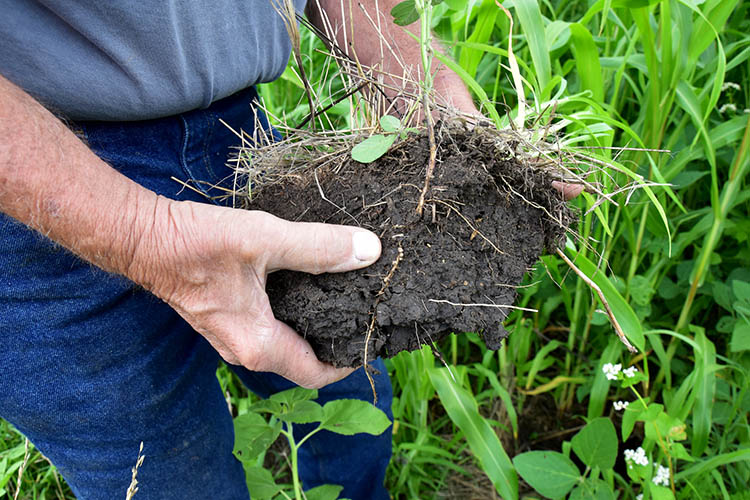
Soil
Healthy soil is the foundation of agriculture. Farmers across the nation see improvement to their soil’s physical and biological properties through the use of cover crops. In addition to supplying nutrients, suppressing weeds, preventing erosion and improving the availability of water in the soil, utilizing cover crops can have an impact on your bottom line. Healthy soils are also resilient after natural disasters. Whether drought or heavy rainfall, healthy soils can ensure that production continues and that nutrients stay on the land and not in our rivers and streams.
Food
Conservation secures our food supply by providing nutrient-rich soils to nourish the foods we eat. Landowners across the nation also implement conservation practices to reduce pollutants in an effort to keep our water clean. Innovative growing systems, such as high tunnels, can extend growing seasons providing healthy, fresh fruits and vegetables throughout the year.
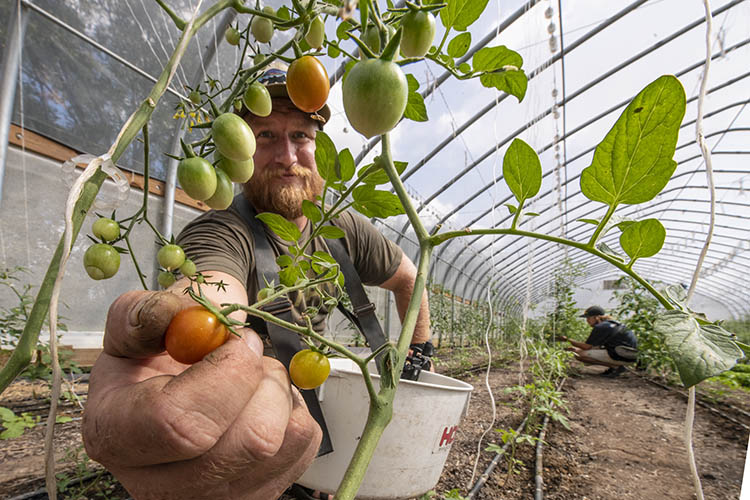
Plants
Plants offer a natural solution for addressing many conservation challenges. From wildfire restoration and invasive species control to forage production, wildlife habitat, erosion prevention, nutrient filtering, stream bank protection, and sources of biofuels, plants are a sustainable resource that help protect and heal our landscapes. Well-managed grazing systems improve the health and vigor of plants.
Wildlife
Agricultural working lands can provide great habitat for wildlife. Partnering with landowners is critical to protecting wildlife, while also keeping working lands working for the millions of people in the United States and around the world that depend on U.S. agriculture. USDA offers conservation practices that producers can use to integrate wildlife-friendly practices on working lands.
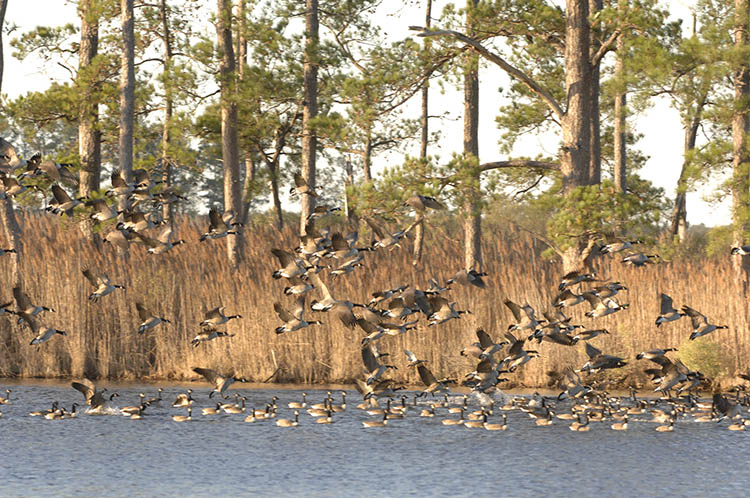
People
Conservation rewards the people who practice it. USDA builds relationships with landowners from across the nation to implement conservation measures that improve environmental health and quality. USDA offers voluntary programs to landowners and agricultural producers to provide financial and technical assistance to help manage natural resources in a sustainable manner and improve their operations while also impacting their profitability.
Health
Conservation is not only beneficial to your financial heath, but to your mental and spiritual health as well. Conservation restores balance to natural systems. Practices like brush management help increase forage production for livestock and wildlife while keeping ranges healthy. By using soil health principles and systems that include no-till, cover cropping and diverse rotations, more farmers are increasing their soil’s organic matter and improving microbial activity. As a result, farmers are sequestering more carbon, increasing water infiltration, improving wildlife and pollinator habitat while harvesting better profits and often better yields.
Protection
Overgrown forests pose a wildfire risk. Through forest stand improvement, trees are thinned out allowing forests to thrive and protect the public from the risk of fire. Conservation practices protect our landscapes while also providing valuable protection to our homes and communities with flood protection. This includes maintaining aging infrastructure including dams and levees. USDA works with local partners to safeguard those who depend upon these structures.
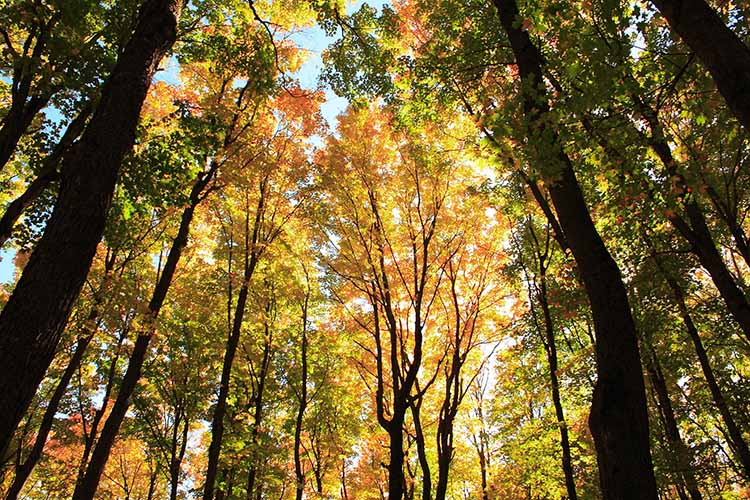
Recreation
Conservation also creates unique opportunities for recreation. From introducing plants that attract pollinators like butterflies and bees, to creating wildlife habitat for woodland creatures, conservation provides benefits to those who cherish the outdoors. Additionally, healthy landscapes need healthy wetlands. While providing habitat, they also filter the air and water. Wetlands clean and recharge our groundwater. In addition to sequestering carbon, they can also hold a lot of water, providing passive flood protection to nearby areas.
Air
Conservation cleans and renews our air. USDA helps private landowners conserve our natural resources and air resources are among those. USDA’s practices, like waste transfer systems, help capture animal waste products and recycle them as nutrients in the soil while reducing odor. USDA’s conservation programs give landowners the tools and resources to protect environmentally sensitive land and restore grasslands and forests, which leads to cleaner water and air, healthier soil and enhanced wildlife habitat.
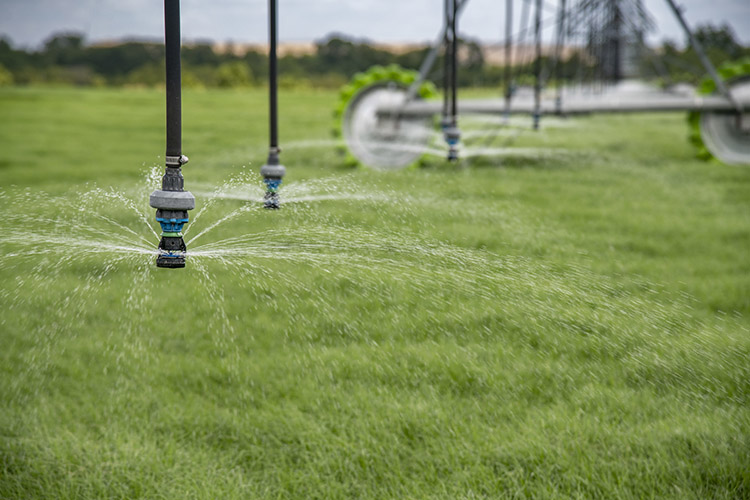
Water
One of our precious resources is water. USDA has an active role in implementing systems like microirrigation that lessen the strain on water supplies and efficiently use our water resources.
Soil quality is a key water quality determinant because soils regulate and partition water flow and buffer against human use and environmental changes. The National Water Quality Initiative is a partnership among NRCS, state water quality agencies and the U.S. Environmental Protection Agency to identify and address impaired water bodies through voluntary conservation. NRCS provides targeted funding for financial and technical assistance in small watersheds most in need and where farmers can use conservation practices to make a difference.
Technology
Technology, like variable frequency drives, helps farmers who irrigate to use a smaller pump while controlling the frequency and voltage and allowing multiple systems to run off a single pump. This innovation decreases both energy and water use.
Conservation is our best technology for removing carbon from the atmosphere. Did you know that by practicing responsible grazing land management, and implementing other conservation measures on your farm, you assist in carbon sequestration (absorption of atmospheric carbon by soil and plants)? This leaves our planet better for generations to come.
Future
When properly tended, nature is the ultimate renewable resource. Were the world not continuously renewed, it would soon be consumed and barren. Conservation is the gift that keeps giving.
USDA offer a variety of conservation programs that provide help you plan and implement conservation practices on your farm, ranch, or forest:
- Agricultural Conservation Easement Program
- Conservation Reserve Program
- Conservation Stewardship Program
- Environmental Quality Incentives Program
- Emergency Conservation Program
Learn more about putting conservation to work on your operation directly from farmers, ranchers and forestland owners applying them through our Conservation at Work video series.
Follow @farmersgov on Twitter and Facebook as we count down the #12GiftsOfConservation.
Dana Rogge is a Public Affairs Specialist with USDA’s Farm Production and Conservation Business Center.

